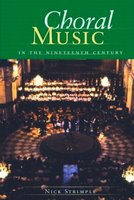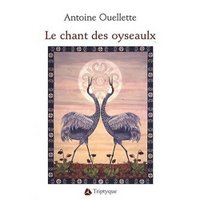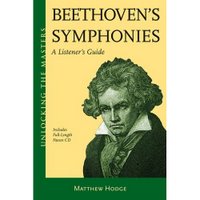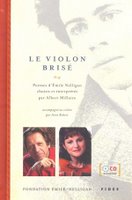Choral Music in the Nineteenth Century
 By Nick Strimple
By Nick StrimpleNew York: Amadeus Press (283 pg.)
ISBN 978-1-57467-154-4
Choral Music in the 19th Century is a concise overview. Author Nick Strimple strayed from the catalogue approach, covering his material geographically. Included are composer anecdotes, illuminating quotations and relevant articles. Inevitably, some pivotal composers (Beethoven, Schubert, Brahms and Dvorak) are given more attention but he highlights some lesser-known works and composers worth examining. These works would be of particular interest to conductors looking for unusual repertoire. The works listed are varied, covering male, female, children’s and mixed choirs. A comprehensive repertoire list and bibliography close the book.
Labels: book, choral, english, product_review






